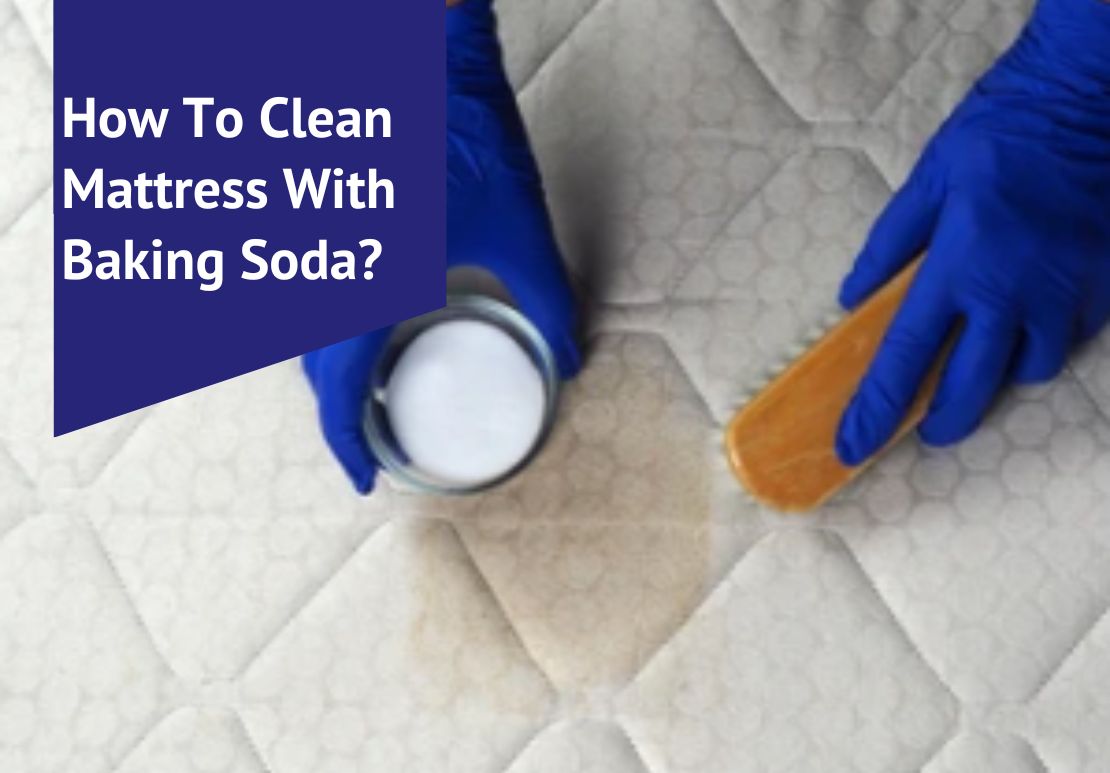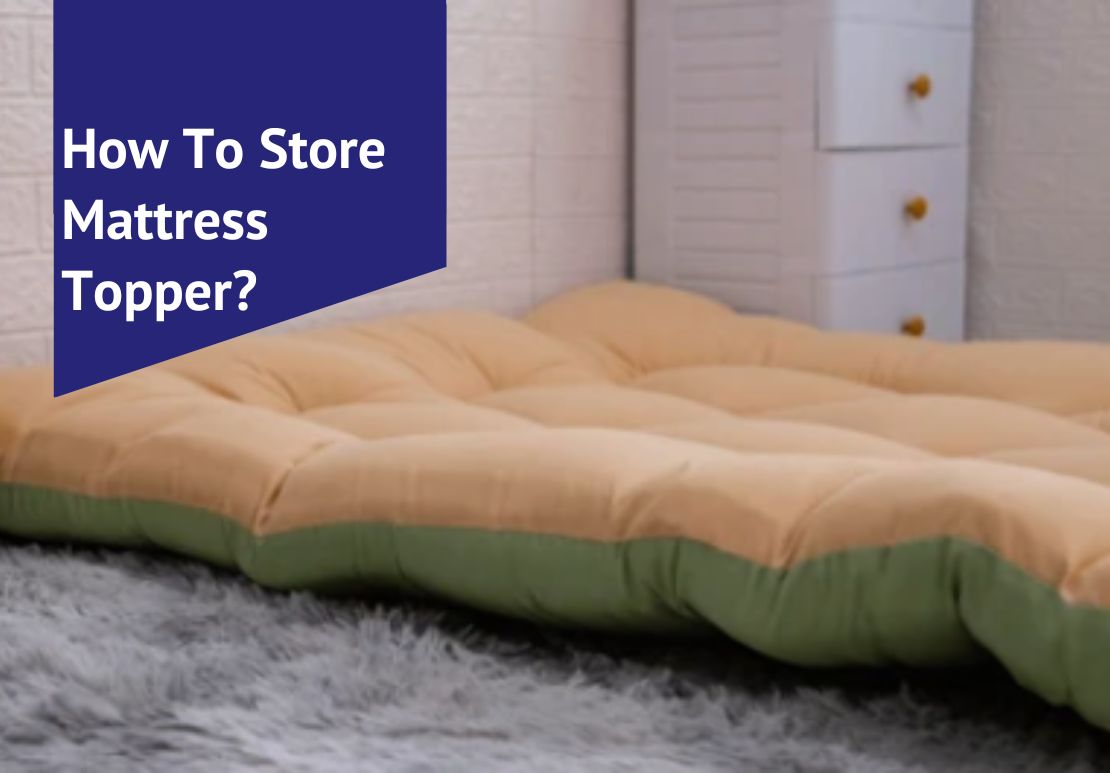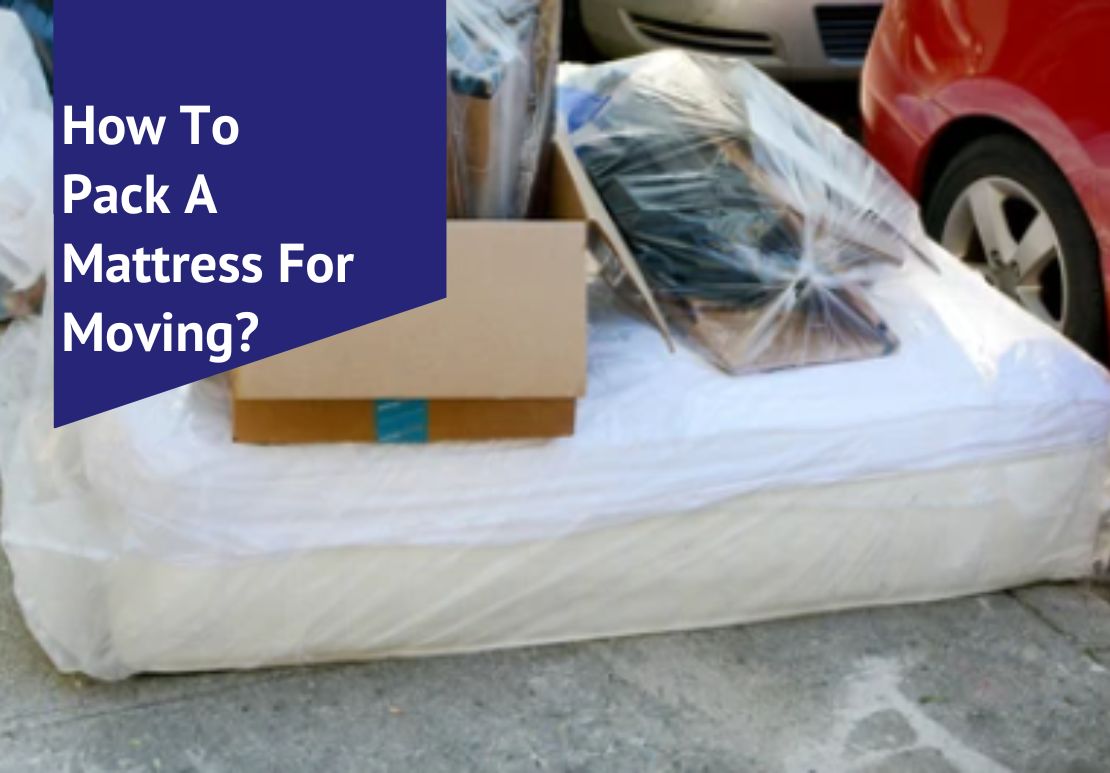Introduction:
A lumpy, sagging mattress can rob anyone of a good night’s sleep. It’s no secret that mattresses can lose their firmness over time, leading to discomfort and restless nights. This article provides practical tips and solutions for restoring the comfort and support of a tired mattress.
Discover quick fixes here!
Table of Contents
Key Takeaways
- Flipping and rotating your mattress every few months can help prevent and fix sagging by evenly distributing wear.
- Using a high-quality mattress topper, such as a memory foam mattress topper, or placing plywood under the mattress can provide extra support and firmness to combat sagging areas and improve sleep quality.
- Investing in a sturdy bed frame with proper support, particularly center supports, is crucial in preventing the mattress from sagging.
- Adding strategically placed pillows under sagging mattress parts offers a temporary solution for improved comfort.
- Regular inspection and maintenance of the mattress and its foundation are key measures to extend the life of your bed and ensure ongoing comfort.
Why my mattress is sinking in the middle?
A mattress may sag in the middle due to wear and tear, low-quality materials, or an incorrect foundation. These factors can lead to uneven weight distribution and result in a noticeable dip or sinking sensation in the center of the mattress. Thus, to understand ‘How to fix a dip in a mattress?’, you must first know the reasons behind it.
Wear and tear
Over time, every mattress starts to show signs of wear and tear. Constant use puts pressure on the materials, leading to dips and sagging where sleepers commonly lie. Different factors accelerate this process: tossing and turning at night can weaken the mattress’s structure, while sitting on the edges may cause them to break down faster.
To combat these effects, rotating a doublesided mattress or flipping it upside down helps distribute wear more evenly. This simple maintenance step can significantly extend your bed’s comfort life before replacing your mattress.
Suppose you notice early signs of sagging, address them promptly with solutions like adding strategic pillow support or using a mattress topper for an extra layer of durability and cushioning. In that case, prevention is key in maintaining long-term firmness and preventing uneven areas from developing further.
Low-quality materials
Mattresses built with low-quality materials often lose shape and mattress support sooner than those made with high-grade components. Manufacturers may use subpar foams or fibers that start to compress after a short period of regular use, leading to a sinking mattress.
The density of the memory foam or padding determines how well the mattress will hold up over time; denser foams tend to maintain firmness and comfort for longer periods.
Shoppers should look for mattresses offering warranties, indicating confidence in durability and performance. A double-sided mattress also allows flipping it over to even out wear, extending its lifespan.
Investing in quality materials upfront often saves money and discomfort by postponing the need for a mattress replacement due to sagging issues. Thus, you will no longer have to worry about, ‘how to fix a sinking mattress?’
Incorrect foundation
An improper bed foundation can significantly contribute to a mattress’s tendency to sag. Over time, the lack of a sturdy and supportive base means that even the best mattresses may dip or develop uncomfortable lumps.
Homeowners should assess their current bed foundation; if worn out or not designed for their specific type of mattress, this mismatch could cause unnecessary damage. For example, memory foam mattresses need solid support, while innerspring types might require box springs to maintain optimal form.
Replacing an old or incompatible foundation with a proper one can make all the difference in preventing and fixing sagging issues. A firm bed frame or platform designed for your mattress ensures better weight distribution and prolongs its life span, maintaining comfort and durability.
After checking your foundation, you might want to look closely at other signs of wear on your mattress as well—this leads to understanding how you might spot these early warning signs in “Signs of a Sagging Mattress.”. Knowing the signs will help you learn how to fix your sagging mattress.
Signs of a Sagging Mattress that indicate time to replace your mattress
Feeling like falling off the bed or waking up tired and with back pain are common signs of a sagging mattress. These symptoms can indicate that your mattress can no longer provide proper support and comfort, leading to sleep disturbances and discomfort.
Feeling like falling off the bed
Experiencing the sensation of falling off the bed could indicate that your mattress is sagging in the middle or on one side. This can lead to discomfort and disrupt your sleep, causing you to wake up feeling tired or experiencing back pain.
Utilizing methods such as rotating the mattress, adding extra pillows for support, or using a temporary fix like placing cheap bed pillows under the sagging areas can help alleviate this issue.
Incorporating a mattress topper may offer an effective solution to provide additional cushioning and support. Another option is inspecting the warranty terms, as some mattresses are eligible for repair or replacement if they succumb to sagging due to defects.
Thus, by knowing these signs, you can keep all your ‘why my mattress is sinking in the middle?’ worries at bay.
Waking up tired or with back pain
Experiencing fatigue or back pain upon waking may indicate that your mattress is sagging, failing to provide the necessary support for a restful night’s sleep. This discomfort can result from inadequate spinal alignment due to the sinking of the mattress in certain areas.
An unsupportive sleeping surface can also increase pressure on specific body parts, causing muscle stiffness and achiness in the morning.
Memory foam mattresses develop indentations over time, leading to uneven support and comfort issues. Rotating the mattress and using additional support methods like pillows or mattress toppers can help alleviate these symptoms.
How to Reduce Sagging in a Mattress
Consider flipping it upside down or rotating it regularly to reduce sagging in a mattress. A mattress topper can also help provide extra support and comfort, while strategically adding extra pillows can offer targeted support in areas prone to sinking. Thus, to know all about how to fix a sunken mattress, keep reading.
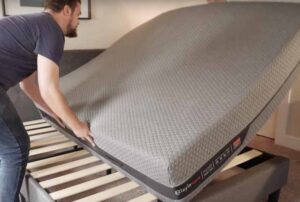
Flipping the mattress upside down
To fix a sagging mattress, consider flipping it upside down. This can help redistribute the wear and tear on the mattress, providing relief to certain areas and allowing others to rest. Here’s how you can flip your mattress upside down effectively:
- Clean the area: Remove all bedding and clear the space around the bed to avoid any obstructions during flipping.
- Enlist help: Due to the weight and size of mattresses, it is advisable to have someone assist you in flipping them over safely.
- Hold the edges: Stand on one side of the mattress and ask your partner or helper to stand on the other. Both of you should hold onto opposite edges securely.
- Gradual rotation: Carefully rotate the mattress using slow, steady movements until it is entirely flipped upside down.
- Re-positioning: Once flipped, ensure its placement aligns with the bed frame or base for stability.
- Test comfortably: After repositioning, test whether flipping has improved support and firmness before replacing sheets and bedding.
- Utilize a mattress grip pad under the flipped mattress to prevent shifting.
- Regularly perform this method every few months for even wear distribution.
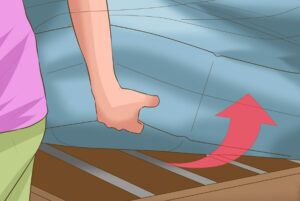
Rotating the mattress
Rotating the mattress is another effective method to minimize sagging to complement the flipping of the mattress upside down. This process involves turning the mattress 180 degrees to ensure an even distribution of weight and pressure on all sides. Here are some essential steps to follow when rotating your mattress:
- Lift up the mattress from one side and carefully flip it over to rotate it 180 degrees.
- Next, gently lower the mattress back onto the bed frame or foundation, ensuring it is appropriately aligned.
- Rotating your mattress every few months can significantly extend its lifespan by preventing uneven wear and tear.
- This method helps distribute body weight evenly, reducing the likelihood of sagging in specific areas over time.
- Remember that proper rotation may vary depending on the type and design of your mattress, so refer to the manufacturer’s guidelines for specific recommendations.
- Regularly rotating your mattress is a simple yet effective way to maintain its shape and support over an extended period.
- By following these steps diligently, you can help ensure your mattress remains well-supported and comfortable for years.
Using a mattress topper
To complement rotating the mattress, using a mattress topper can provide additional cushioning and support, helping to reduce sagging and improve comfort. Here are some practical ways to utilize a mattress topper:
- Select a high-quality memory foam or latex mattress topper, which can conform to the body’s shape and alleviate pressure points for enhanced comfort and support.
- Ensure the thickness of the mattress topper corresponds with the severity of sagging, as a thicker topper may be required for more pronounced dips in the mattress.
- Place the mattress topper directly on top of the existing mattress, ensuring it is evenly spread and covers the areas experiencing sagging for consistent support.
- Consider using a dual-layered mattress topper with varying firmness levels on each side, allowing customization based on individual preferences and desired support.
Adding extra pillows
To address a sagging mattress, homeowners can utilize extra pillows strategically placed to provide additional support. This can help redistribute weight and alleviate pressure points, improving overall comfort and reducing the sensation of sinking into the mattress. Here are some ways to achieve this:
- Placing two firm pillows under the sagging area can help provide a temporary fix by adding support.
- Adding a small pillow between the mattress and the bed frame or box spring can change the level of support and reduce sagging in specific areas.
- Placing an extra pillow under the center of the mattress where it sags can offer additional reinforcement and support.
- A body pillow or long bolster pillow positioned across the middle of the bed can help distribute weight more evenly, reducing pressure on specific mattress areas.
- Adding smaller pillows near your lower back or hips while you sleep can create extra cushioning to relieve pressure in these areas, preventing further sagging over time.
How to fix a pillow top mattress sagging?
When dealing with sagging in a pillow top mattress, homeowners can take the following steps to address the issue effectively:
- Add extra support: Placing a piece of plywood between the mattress and the foundation can provide additional structural support and reduce sagging in pillow top mattresses.
- Rotate the mattress regularly: Rotating the pillow top mattress at least every six months can help distribute weight more evenly, preventing excessive wear and reducing sagging.
- Use a mattress topper: Adding a high-quality mattress topper can help restore firmness and support to a sagging pillow top mattress by providing an extra cushioning layer.
- Check the warranty: If the pillow top mattress is still under warranty, homeowners should review the terms to determine if sagging issues are covered for repair or replacement.
- Consider professional inspection: If the sagging persists despite DIY efforts, seeking professional inspection can help identify any underlying issues requiring specialized solutions.
How to make a sagging mattress firmer?
To make a sagging mattress firmer, consider the following methods:
- Flip the mattress if it’s double-sided, distributing wear evenly and providing a firmer surface.
- Place plywood under the mattress to provide additional support and reduce sagging.
- Use a memory foam topper to add a layer of firmness and support to the mattress.
- Invest in a sturdy bed frame to ensure the mattress is well-supported and doesn’t sink.
- Replace the box spring or foundation if worn out, as proper support can contribute to a firmer feel.
- Consider adding extra pillows strategically to provide targeted support and eliminate sagging spots.
Preventing a Mattress from Sagging
Regularly inspecting and maintaining the mattress, evenly distributing pressure, and choosing a sturdy bed frame are essential in preventing sagging. To learn more about these preventative measures, keep reading for valuable tips on maintaining your mattress’s quality and comfort.
Regularly inspecting and maintaining the mattress.
Inspecting and maintaining the mattress is crucial for prolonging its lifespan and preventing sagging. Follow these steps to ensure your mattress stays in good condition:
- Check for any signs of wear and tear, such as sagging areas, lumps, or uneven spots on the mattress. These can indicate the need for immediate attention.
- Vacuum your mattress regularly to remove dust, allergens, and debris that can accumulate over time, compromising its comfort and support.
- Keep an eye on the mattress foundation or box spring to ensure it provides adequate support without sagging or dipping, as this can affect the overall integrity of the mattress.
- Rotate your mattress every 3 – 6 months to even out wear and pressure distribution, preventing excessive sagging in one area.
- Use a mattress protector to shield against spills, stains, and moisture, which can lead to deterioration of the materials.
- When moving your mattress, handle it carefully to prevent damage that may affect its support and durability.
- Consider professional cleaning services if you notice persistent odors or stains that could impact the hygiene and condition of your mattress.
- Inspect the bed frame regularly to ensure it provides stable support without any issues that could transfer stress onto the mattress structure.
Evenly distributing pressure to solve sagging in the middle
It’s important to evenly distribute pressure across the surface to fix a sagging mattress. This can help alleviate the wear and tear on specific areas, reducing the likelihood of sagging.
- Rotate the Mattress: Regularly rotating the mattress helps prevent excessive wear on one side, distributing weight more evenly and reducing sagging.
- Add Supportive Pillows: Placing pillows strategically under the sagging areas can help redistribute pressure and provide additional support where needed.
- Consider a Mattress Topper: A mattress topper can create a more even surface by adding an extra cushioning layer, alleviating pressure points, and reducing sagging.
- Check Bed Foundation: Inspect the bed foundation for any signs of wear or damage that may contribute to uneven pressure distribution, potentially leading to mattress sagging.
- Use High-Quality Materials: Choosing a high-quality memory foam mattress or a durable bed frame can help maintain even support, preventing premature sagging.
Choosing a sturdy bed frame to solve sagging in the middle
To maintain the structural integrity of a mattress and reduce sagging, homeowners should consider selecting a sturdy bed frame. The right bed frame can provide essential support, distributing weight evenly and preventing premature wear on the mattress. Here are some crucial considerations for selecting a durable and supportive bed frame:
- Material: Opt for a bed frame constructed from robust materials such as steel or hardwood to ensure long-lasting support and stability for the mattress.
- Center Support: Look for a bed frame with additional center support legs or bars to reinforce the middle section, reducing the risk of sagging over time.
- Proper Fit: Ensure that the dimensions of the bed frame precisely match those of the mattress, providing adequate surface area for consistent support and minimizing unnecessary strain on specific spaces.
- Slats vs. Solid Base: Evaluate whether slatted or solid base designs best suit your specific mattress type, considering factors such as ventilation, weight distribution, and compatibility with different mattress materials.
- Compatibility with Headboard and Footboard: If you use headboards or footboards, ensure that the chosen bed frame is compatible with these components to maintain overall stability and aesthetics.
- Adjustable Features: Consider bed frames with adjustable features such as height settings or modifiable leg positions to accommodate various mattress sizes or preferences.
- Floor Protection: Additionally, look for bed frames equipped with floor protectors to prevent damage to flooring surfaces while ensuring secure mattress placement.
These pointers will help you understand, ‘How to fix a mattress that sags in the middle?’
Conclusion
To maintain a comfortable sleep surface, homeowners can employ various methods to address a sagging mattress. Rotating the mattress regularly helps distribute weight evenly, reducing wear on specific areas.
Adding extra pillows strategically provides additional support and improves comfort. Additionally, using a mattress topper or changing the foundation can enhance firmness and reduce sagging over time.
By taking proactive measures and considering these practical solutions, homeowners can prolong the lifespan of their mattresses while ensuring optimal comfort for restful nights.
Frequently Asked Questions
How can I fix a sagging mattress?
You can fix a sagging mattress by using plywood or a mattress topper for extra support.
What causes a mattress to sag, and how can I prevent it?
A sagging mattress is often caused by worn-out springs or foam. To prevent it, rotate and flip your mattress regularly if it's double-sided, and use a supportive bed frame.
Can I repair a sagging mattress myself?
Yes, you can try fixing a sagging mattress yourself by adding extra support with plywood or using specially designed products like bed bridges.
When should I consider replacing my sagging mattress instead of trying to fix it?
Consider replacing your sagging mattress when visible depressions cannot be remedied with simple fixes or if the overall comfort is compromised beyond repair.
Is there any specific maintenance needed to prevent my new mattress from developing sags?
To prolong the life of your new mattress and prevent sags, rotate and flip it as the manufacturer recommends, use adequate support under the foundation, and avoid sitting on the edges regularly.
How can I fix a sagging mattress?
You can fix a sagging mattress by using plywood or a mattress topper for extra support.
What causes a mattress to sag, and how can I prevent it?
A sagging mattress is often caused by worn-out springs or foam. To prevent it, rotate and flip your mattress regularly if it's double-sided, and use a supportive bed frame.
Can I repair a sagging mattress myself?
Yes, you can try fixing a sagging mattress yourself by adding extra support with plywood or using specially designed products like bed bridges.
When should I consider replacing my sagging mattress instead of trying to fix it?
Consider replacing your sagging mattress when visible depressions cannot be remedied with simple fixes or if the overall comfort is compromised beyond repair.
Is there any specific maintenance needed to prevent my new mattress from developing sags?
To prolong the life of your new mattress and prevent sags, rotate and flip it as the manufacturer recommends, use adequate support under the foundation, and avoid sitting on the edges regularly.

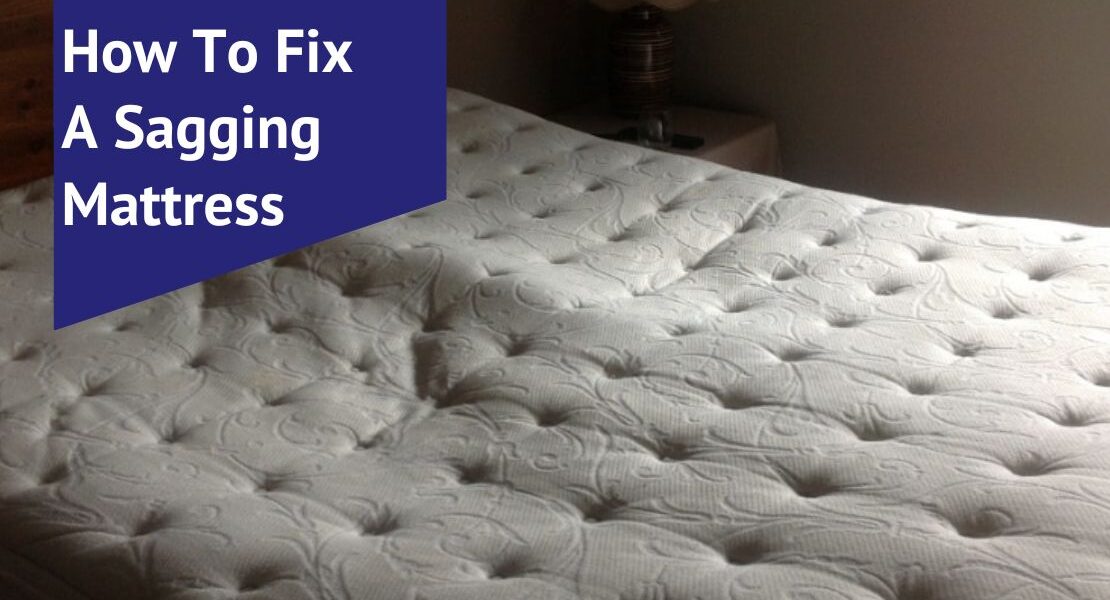 Image source - memoryfoamtalk
Image source - memoryfoamtalk 

